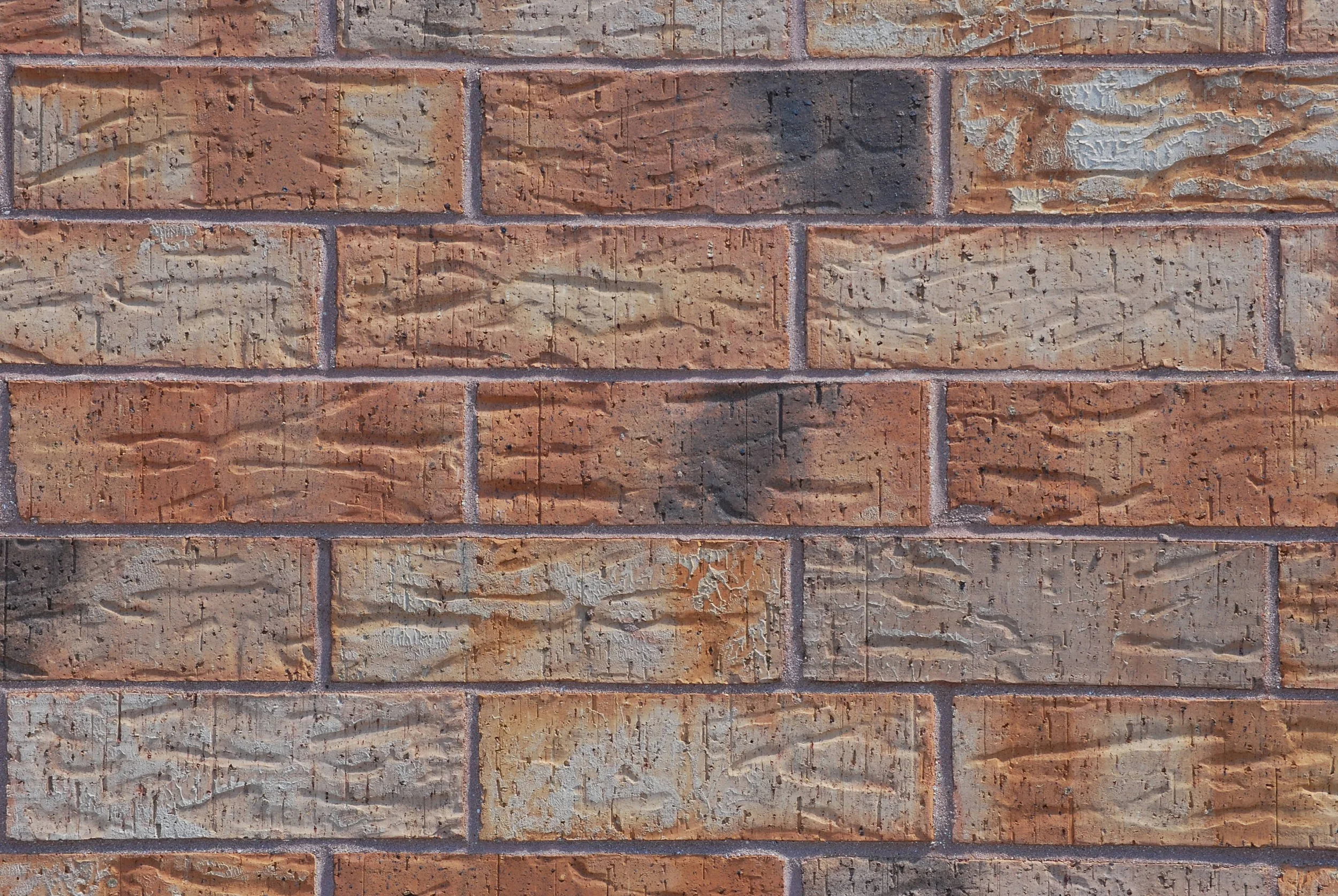Tuckpointing is the most common of three terms often used interchangeably in the United States and Canada to describe the complete process of restoring older masonry joints. The other two are repointing and pointing. In some areas, repointing or pointing may mean the same as tuckpointing. But they may also mean only the placing of mortar in joints without first removing damaged mortar. Tuckpointing isn't reserved for older buildings. New masonry walls may need to be tuckpointed when bee holes or voids appear in the finished joint, when the joints have an incorrect tooled finish or when the color of the joints is incorrect. Term "tuckpointing" is often used interchangeably with "repointing".
A common maintenance task for brick masonry is the repair of mortar joints. The longevity of mortar joints will vary with the exposure conditions and the mortar materials used, but a lifespan of more than 25 years is typical. The longevity of brick, however, may well exceed 100 years. Therefore, occasional repair of the mortar joints is expected over the life of a brick masonry.

